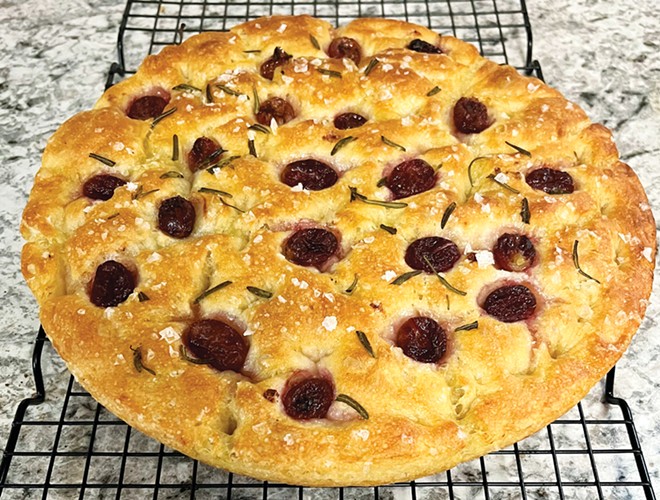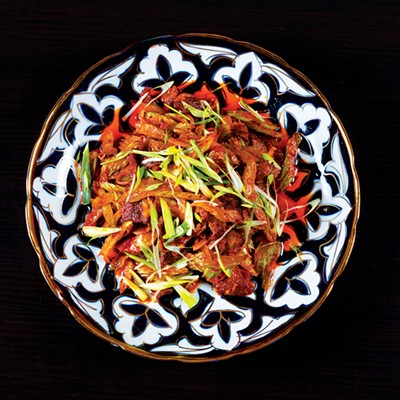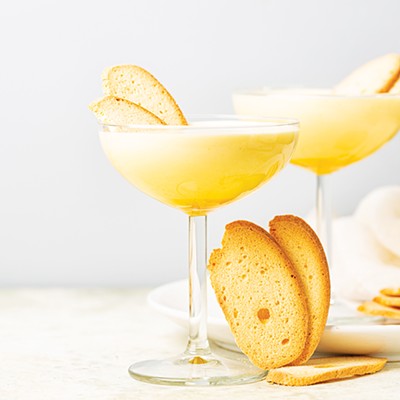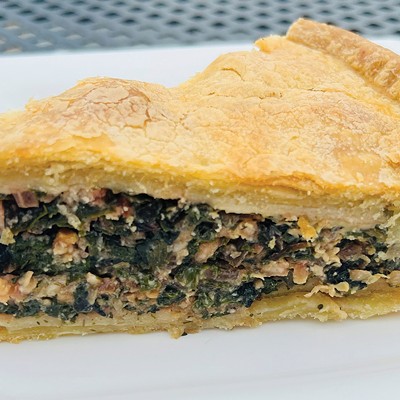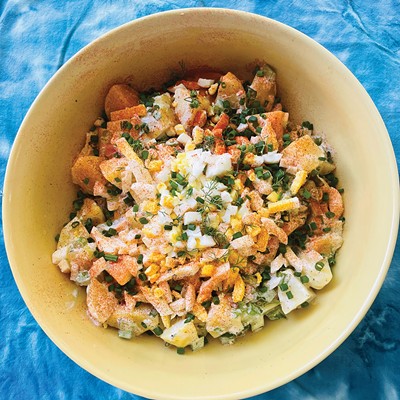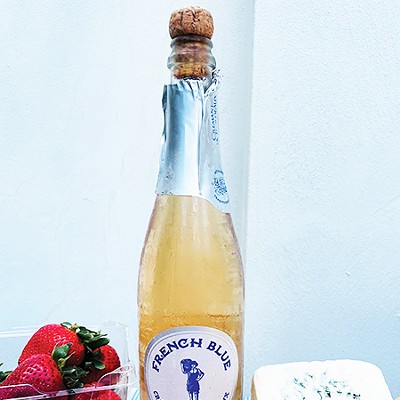There's nothing more comforting than walking into a house and being greeted by the aroma of freshly baked bread wafting from the kitchen. It's a smell that can bring you a sense of happiness and contentment. Some real estate brokers even contend that the comforting aroma can increase your chances of selling your house.
I got into bread-baking during the pandemic shutdown to pass the time and to help counter my fears and uncertainties about the future. When life started returning to normal, I continued the practice by working for a year as a baker in a restaurant where I made 35 sourdough loaves a day. I still make sourdough bread every week in my home kitchen.
Many people find bread-baking intimidating and I get it. My sourdough protocol has nine separate steps spaced 40 to 60 minutes apart and requires me to be near the kitchen for more than eight hours. I also must feed my starter every day. Fortunately, there are easier ways to experience the aroma and flavor of home-baked bread.
I recently was asked to make focaccia for a large event. I haven't made focaccia since the 90s when it was popularized by the publication of Marcella Hazan's masterwork Essentials of Classic Italian Cooking in 1992. Compared to making sourdough loaves, making yeast-risen focaccia is super easy and is a great entry-level bread for people intimidated by bread-baking. It's a simple dough that doesn't require any special equipment or techniques, uses only four ingredients, and takes only five minutes to mix.
Focaccia (pronounced foh-KAH-chuh), is a Genovese-style flatbread from Liguria, in the northwest region of Italy. It is an early precursor of modern pizza, made with flour, salt, yeast and olive oil. Focaccia can be either round or rectangular and thick or thin. Thin focaccia is a great bread for dipping in olive oil or balsamic vinegar. Thicker focaccia can be used for sandwiches.
Focaccia is a high-hydration dough. Hydration refers to the ratio of water to flour. High-hydration doughs are very wet and sticky. Focaccia dough is so sticky that, to work with it, you must coat the dough and your hands liberally with olive oil. You also must drench your baking pan in oil before the dough is stretched into place, so when it all goes into the oven, the dough practically fries as it bakes, rendering the bottom crispy and nicely charred. Before baking, you make dimples on the surface with your fingertips to prevent the dough from bubbling, bursting and collapsing. The olive oil pools in the hollows and makes the crust nice and crunchy.
Focaccia with Rosemary and Grapes
If you don't have a scale and need to measure flour by volume, it's important to use the correct technique. Begin by fluffing your flour in its bag or container using a spoon. Sprinkle the fluffed flour into a measuring cup until it's overflowing. Level off the top with the back of a butter knife so the flour is even with the top of the measuring cup.
Ingredients:
512 g (4 cups) AP flour
10 grams kosher salt (2-1/2 teaspoons Diamond Crystal kosher salt or a scant 2 teaspoons Morton's kosher salt)
8 grams (2 teaspoons) instant yeast
455 g (2 cups water) at 105 to 110 degrees F
1 cup extra-virgin olive oil, divided
Stick of butter to lubricate baking pan
For topping:
Seedless red grapes
Fresh rosemary needles
Flaky sea salt, such as Maldon
Special equipment:
Digital scale (optional, but highly recommended)
13x18-inch rimmed half-sheet tray OR a 9x18-inch baking pan/dish OR a 12-inch cast-iron skillet
Preparation:
Weigh your flour; or measure it by gently spooning it into a cup, then sweeping off any excess. In a large mixing bowl, whisk together the flour, salt, and yeast. With a rubber spatula, stir in 2 cups of lukewarm water until a rough, shaggy dough forms with no dry streaks. Do not overwork the dough. Overworking the dough will make it tough.
Coat the dough with about 2 tablespoons of olive oil and tightly cover the bowl with plastic wrap. The coating of olive oil will prevent the surface of the dough from drying out and forming a crust. Place the bowl in the refrigerator and allow it to rise for 12-48 hours.
To shape:
On the day of baking, remove the bowl from the refrigerator, uncover, and deflate the dough.
Generously butter your sheet tray, baking pan, or cast-iron skillet (including the sides). Add 2 tablespoons of olive oil and tilt the pan to spread evenly. Lubricate your hands with some olive oil and free the dough from the sides of the bowl. Drop the dough onto the center of the pan and briefly slide the dough around to thoroughly coat the bottom. Flip the dough over and move it around until both sides are coated. Use your fingers to gently press and stretch the dough until it nearly covers the bottom of the pan. Cover with an inverted sheet tray; don't use plastic wrap because it will stick to the rising dough. Allow the dough to rise again for 2 to 4 hours, depending on the temperature of the room.
When the dough has risen and spread out to the edges of the pan, drizzle with about 4 more tablespoons of olive oil and, using your fingers, press down to create deep dimples all over the surface. Tilt the pan back and forth so the oil flows into the dimples. Distribute the rosemary needles and grapes over the top. Sprinkle generously with flaky sea salt.
In a preheated 425-degree F oven, bake the focaccia on the lower rack for about 22 minutes, rotating after 15 minutes. When the crust is golden, turn the oven to broil and move the pan to an upper rack to brown for 1 to 2 minutes, watching closely to avoid burning. Remove the focaccia from the pan and place on a cooling rack; if left in the pan to cool, the crust will become soggy.
To serve, cut into 1 ½-inch-wide strips or wedges. (If freezing to serve later, do not cut into strips.) Leftover focaccia keeps, tightly wrapped in the refrigerator, for up to three days, or up to three months in the freezer. Leftovers are best served toasted.

